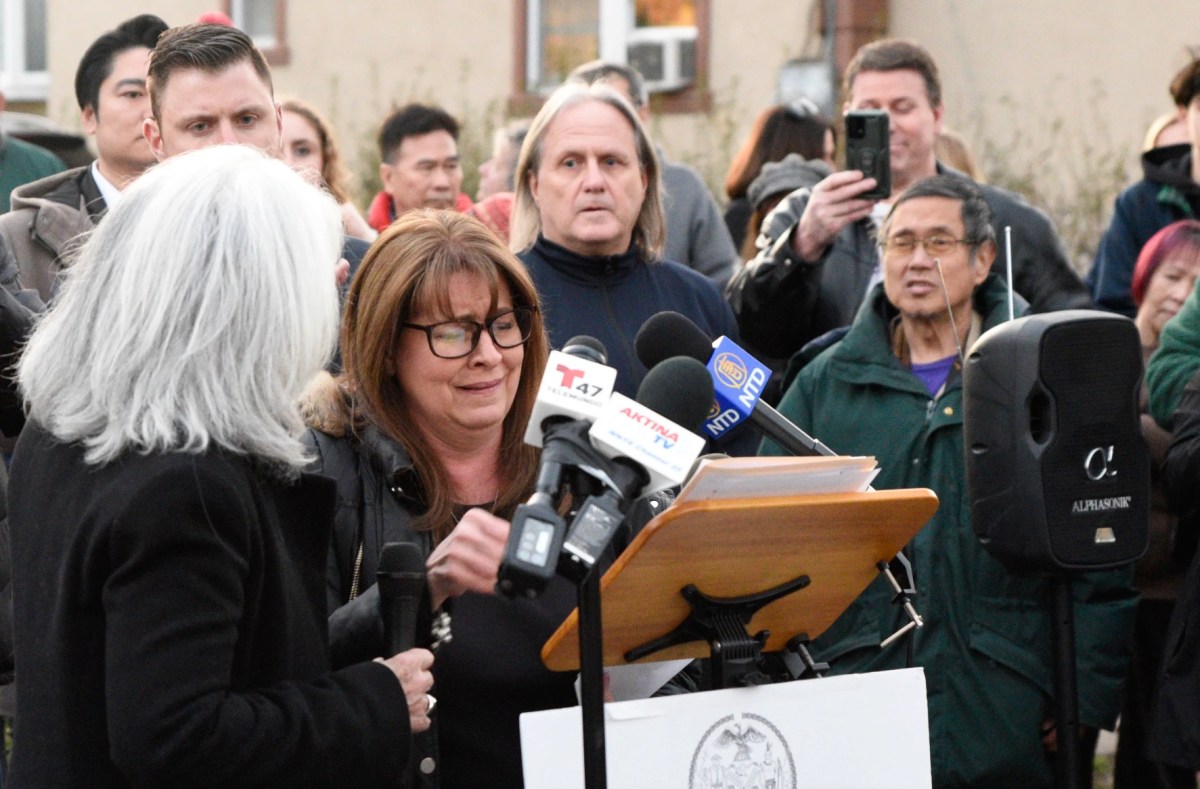Screenwriter Will Reiser looks back on his own battle with a rare form of spinal cancer in “50/50,” with Joseph Gordon-Levitt standing in for him as Adam, a young radio producer dealing with a life-changing diagnosis. But when it came to casting Adam’s best friend, the obvious choice was Reiser’s real-life best friend, Seth Rogen (who also serves as a producer on the film).
You were in the unique position of writing a character based on your best friend that would be played by that same best friend.
I’m really proud of the performance Seth gave. I think that he did a really great job. And I think a part of that is Joe — not to discredit Seth, but Joe is so real and so grounded that I think that it made it really easy for Seth to play off him. It was just a really relaxed set. The character’s not necessarily Seth, per se. It’s sort of an extension of Seth. There are definitely elements of his personality that I incorporated. Like when we were that age, I was a neurotic mess, I worried about everything. I was really uptight, and Seth would just make fun of me. That was our dynamic, and that’s very much true to Adam and Kyle.
And you’re not a neurotic mess anymore?
I’m a much different person. It sounds cliché to say that, but I think going through that experience, writing about it, I think it brought me out of my shell a little bit. In the movie, with Joe and Seth’s characters, it’s not like they sit around and talk about their feelings. And that’s very much how Seth and I were. It wasn’t like we dealt with it by talking about how we felt. We just made jokes. We just talked about the absurdity of it all. But the actual process of making the movie forced us to talk about those things. Maybe I was this way, maybe I did do certain things. Maybe I did push my mother away and put pressure on other people when I was sick. It was very helpful just to see myself from a different point of view. It’s incredibly therapeutic.
How much changed going from the script to the finished film?
The overall arc of the movie never changed. That was always pretty consistent. I learned a lot about what worked and what didn’t work, the broad jokes. Some of the jokes, realizing that they were maybe too broad, cutting those out. Learning that a little bit less is more in certain situations.
So why the title change from “I’m With Cancer”?
We tested that along with a bunch of other titles, and we just found that “I’m With Cancer” just kind of scared audiences away, just the idea of cancer. Which is interesting because our whole marketing campaign is really about being honest about it and not trying to hide. I liked the idea of cancer being in the title. Because, you know, when I set out to write the movie, I really wanted to challenge the idea of what is acceptable to talk about in film. Cancer is this kind of taboo subject, and it’s almost like the movie can’t be about cancer, it’s got to be about something else and then cancer is just this plot point in the script. Whereas I really wanted it to be just a meditation on the experience of illness and just go through this journey with this character and really explore what it’s all about. It was hard for a few of us to let go of [“I’m With Cancer”] because we were all really attached to it, but “50/50” works.
But now you’ve got this tag line, “It takes a pair to beat the odds,” that might make people think it’s about testicular cancer.
I’ve heard that before. Well, as long as people see the movie, that’s the thing I’m most concerned with. Hopefully the marketing will work and people will go see the movie — and not be afraid. If anything, I think this movie can be cathartic for other people. And that actually has been the most gratifying part of showing this movie to people, is when they come up and say, “I connected with that. I went through something similar to that.” They appreciate the honesty. So hopefully people will come out and see it and not be afraid.

















